
- x.xx.709.x for Asia TW (Taiwan) - from 2.24.709.1 to 3.18.709.2
- x.xx.1540.x for Developer Edition - from 1.29.1540.17 to 3.22.1540.1



.webp)
.webp)
.webp)
.webp)
.webp)
.webp)




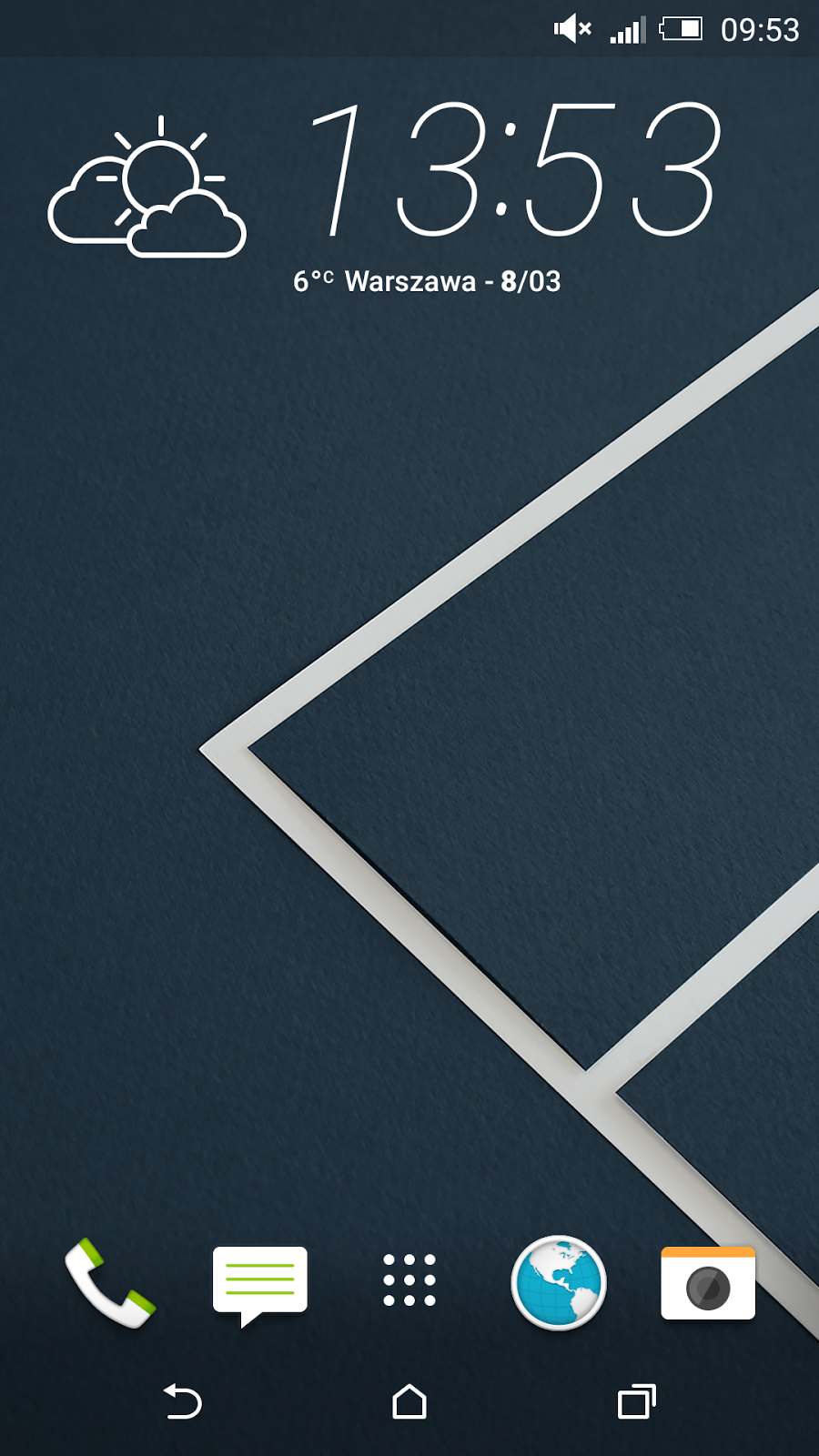
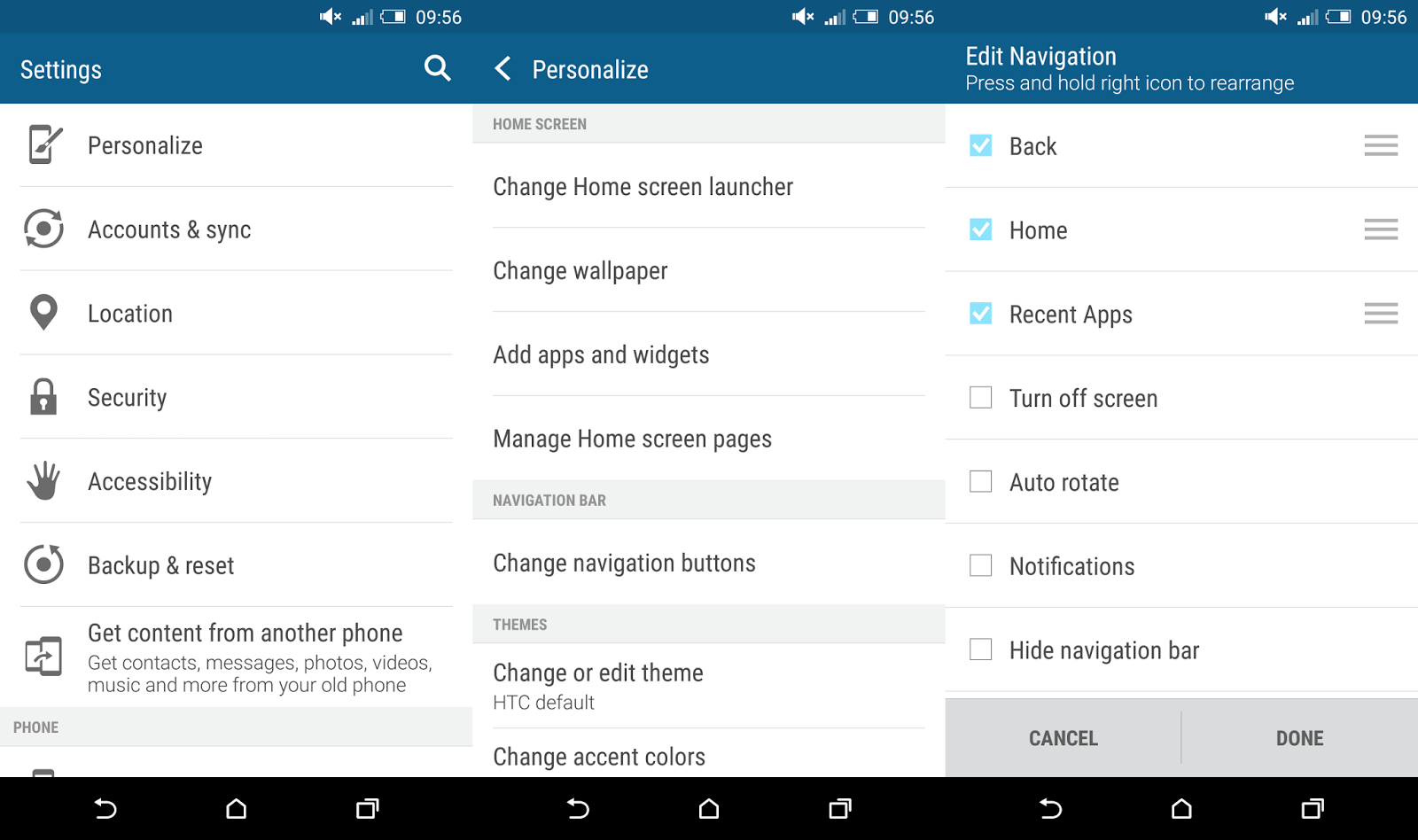
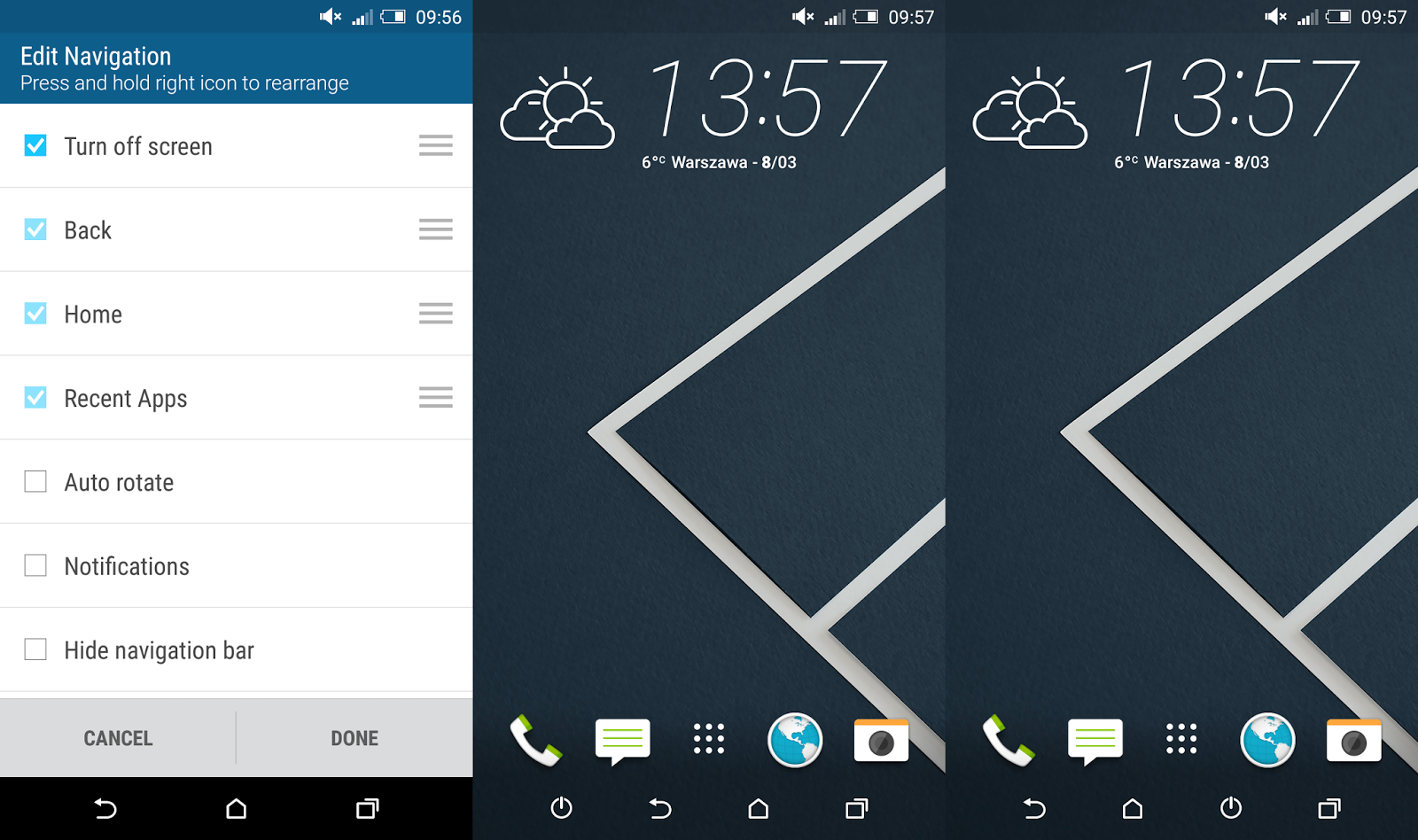
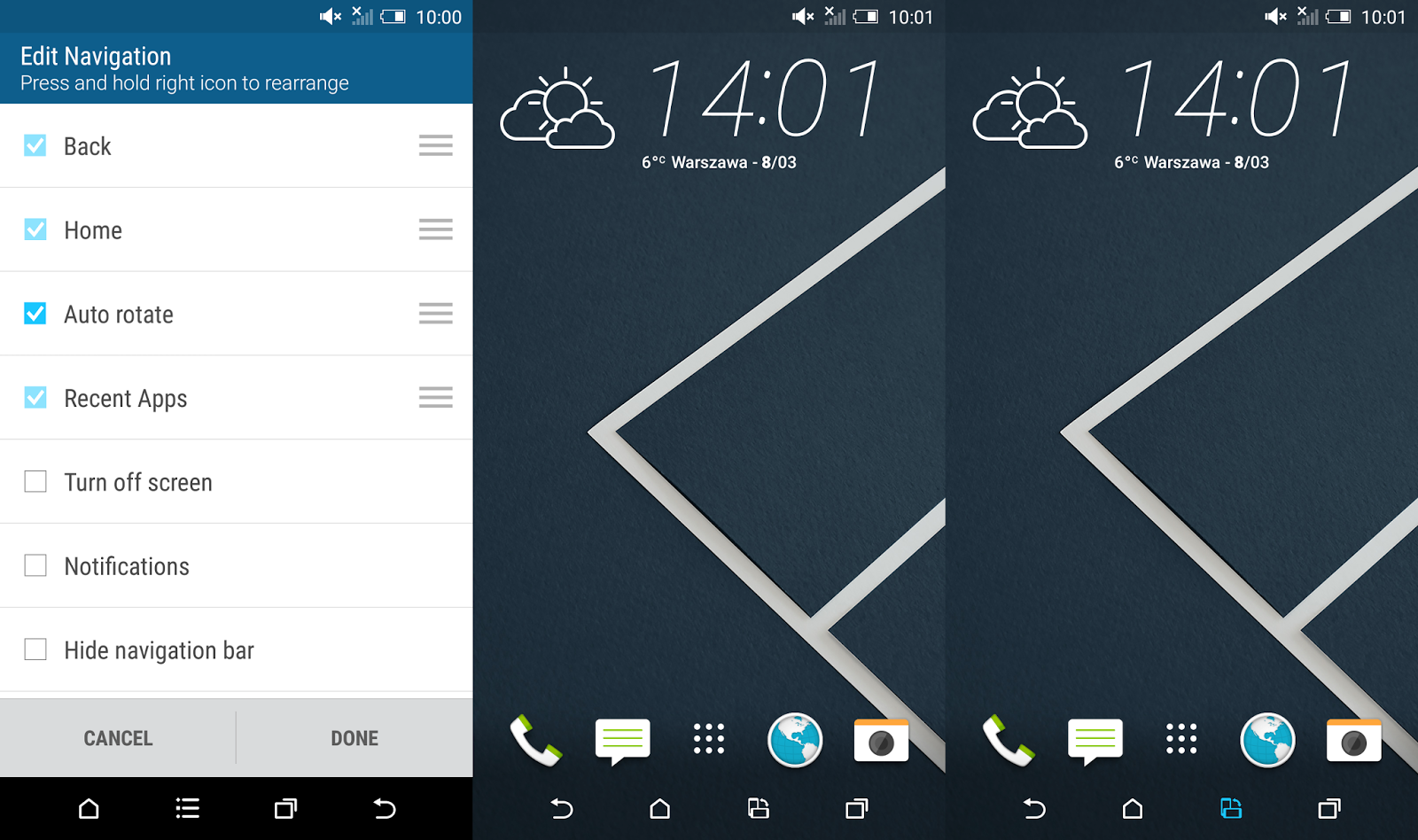
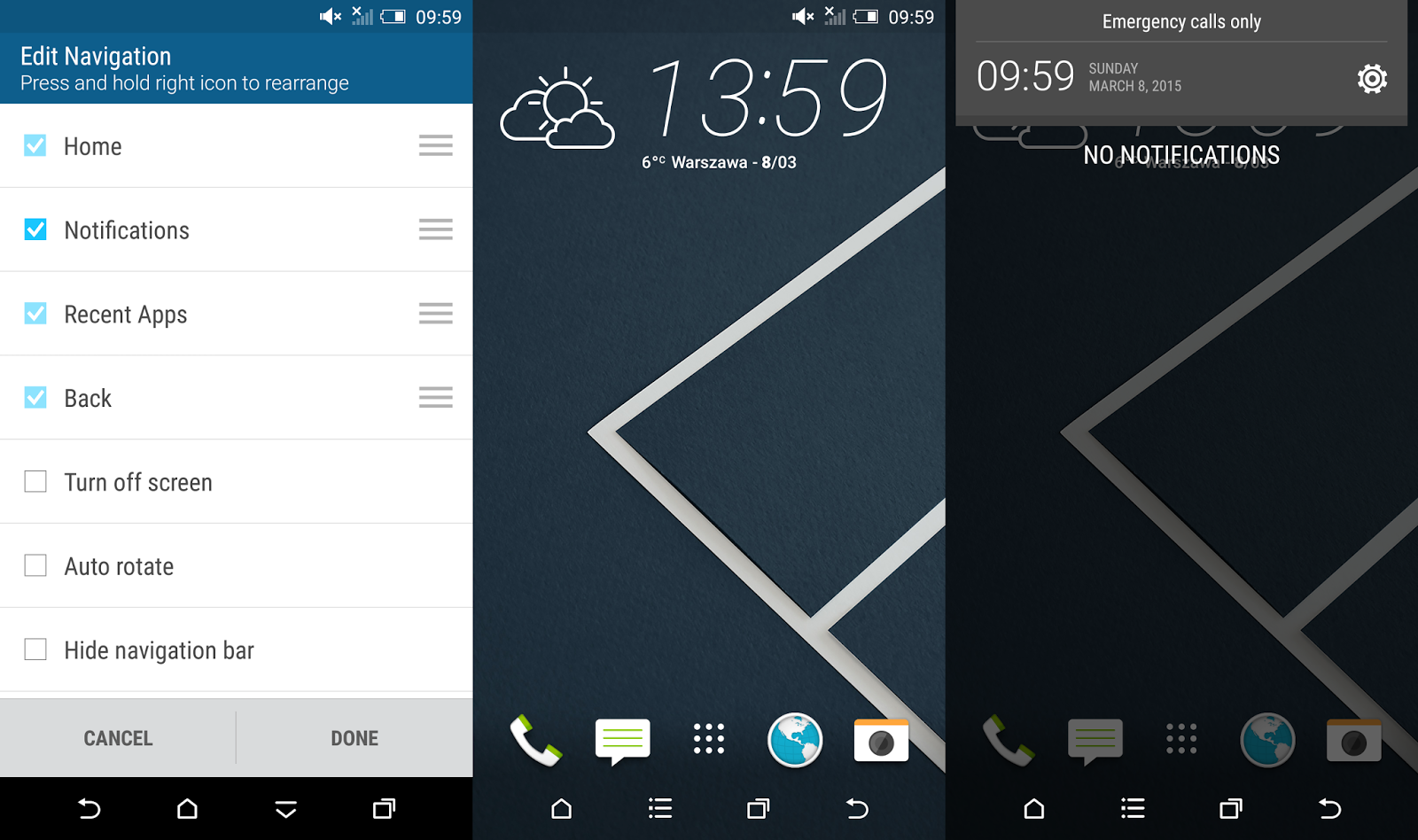

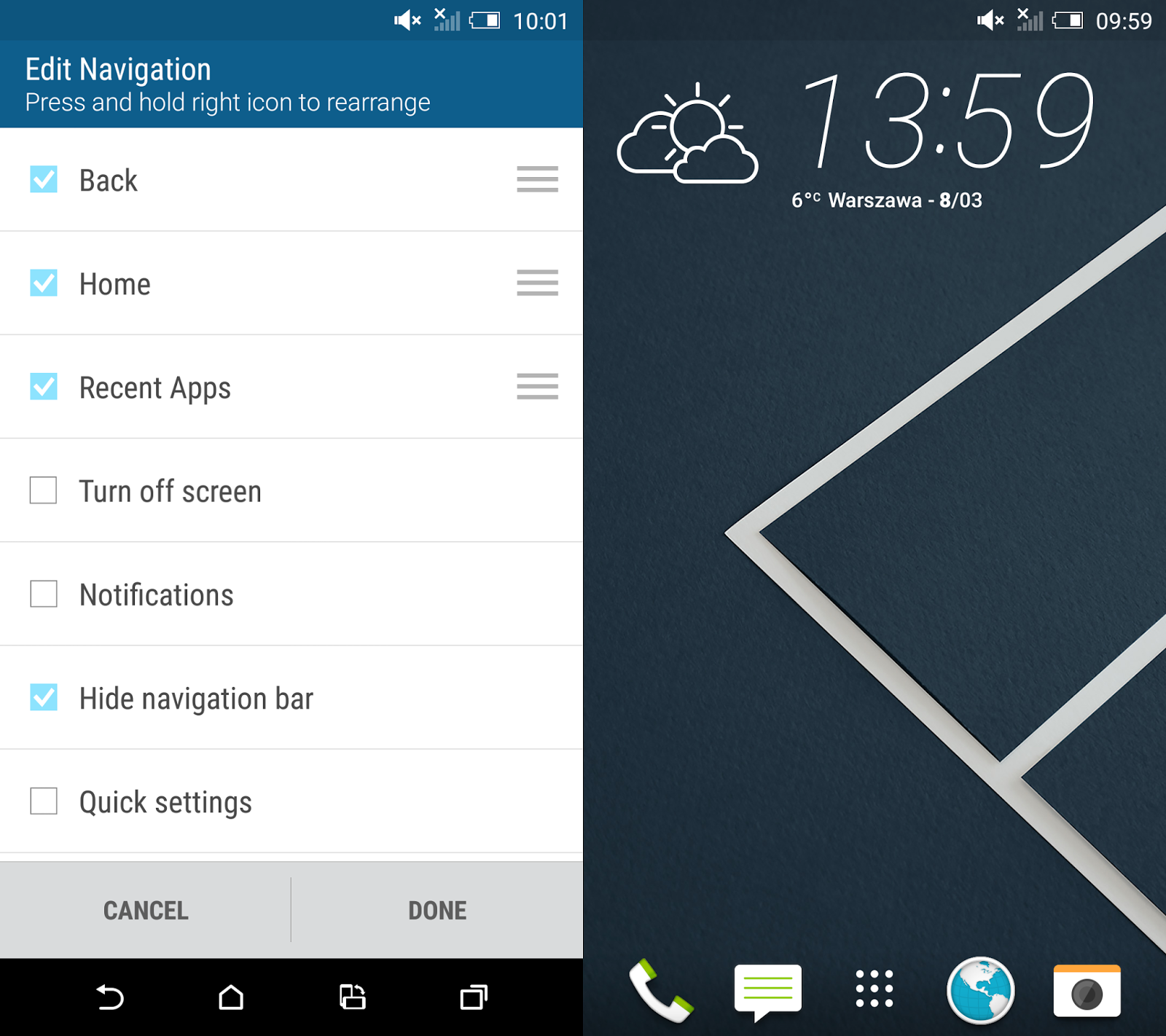







Posted by Hoi Lam, Developer Advocate
If your users’ devices know where they are in the world – the place that they’re at, or the objects they’re near – then your app can adapt or deliver helpful information when it matters most. Beacons are a great way to explicitly label the real-world locations and contexts, but how does your app get the message that it’s at platform 9, instead of the shopping mall or that the user is standing in front of a food truck, rather than just hanging out in the parking lot?
With the Google beacon platform, you can associate information with registered beacons by using attachments in Proximity Beacon API, and serve those attachments back to users’ devices as messages via the Nearby Messages API. In this blog post, we will focus on how we can use attachments and messages most effectively, making our apps more context-aware.
Suppose you are creating an app for a large train station. You’ll want to provide different information to the user who just arrived and is looking for the ticket machine, as opposed to the user who just wants to know where to stand to be the closest to her reserved seat. In this instance, you’ll want more than one beacon to label important places, such as the platform, entrance hall and waiting area. Some of the attachments for each beacon will be the same (e.g. the station name), others will be different (e.g. platform number). This is where the design of Proximity Beacon API, and the Nearby Messages API in Android and iOS helps you out.
When your app retrieves the beacon attachments via the Nearby Messages API, each attachment will appear as an individual message, not grouped by beacon. In addition, Nearby Messages will automatically de-duplicate any attachments (even if they come from different beacons). So the situation looks like this:

This design has several advantages:
In designing your beacon user experience, think about the context of your user, the places and objects that are important for your app, and then label those places. The Proximity Beacon API makes beacon management easy, and Nearby Messages API abstract the hardware away, allowing you to focus on creating relevant and timely experiences. The beacons themselves should be transparent to the user.
In most cases, the data you store in attachments will be self-contained and will not need to refer to an external database. However, there are several exceptions where you might want to keep some data separately:
In these cases, you might need to use a more generic identifier in the beacon attachment to lookup the relevant data from your infrastructure.
With beacons, we have an opportunity to delight users by connecting the virtual world of personalization and contextual awareness with real world places and things that matter most. Through attachments, the Google beacon platform delivers a much richer context for your app that goes beyond the beacon identifier and enables your apps to better serve your users. Let’s build the apps that connect the two worlds!
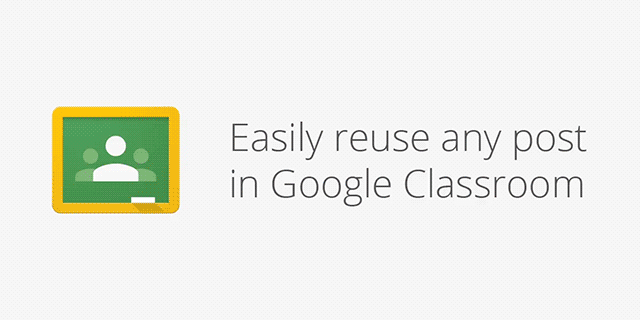
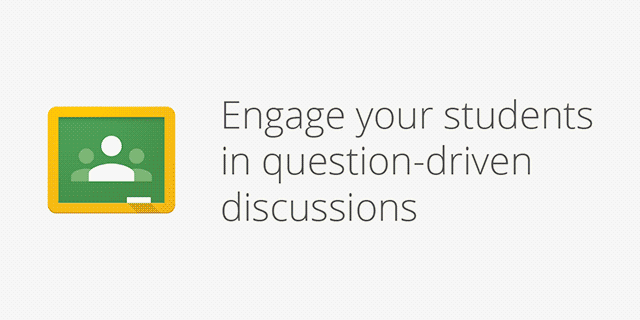
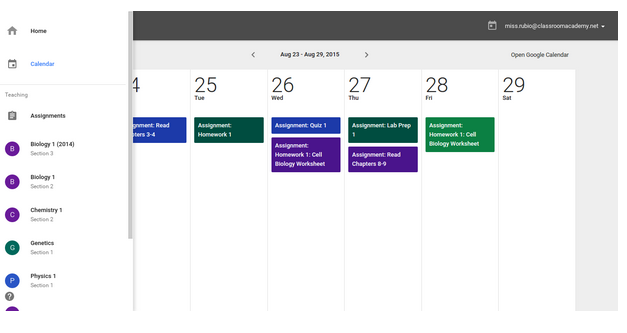
Bugfix






Copyright © 2009 For Sharing. Powered by Blogger..
Blogger Templates created by Deluxe Templates